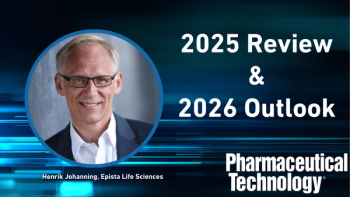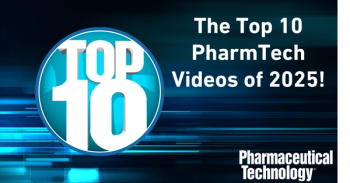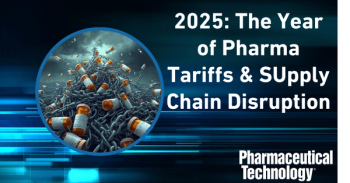
New Report Details Players and Pipelines in the Biosimilar Space
A new Thomson Reuters BioWorld report outlines the more than 700 biosimilars that are currently in development and the emerging business opportunities that exist in the biopharmaceutical space.
There are more than 700 biosimilars currently in development, and they are expected to account for approximately $25 billion worth of sales coming from off-patent biologics, according to a new report, Biosimilars: A Global Perspective of a New Market−Opportunities, Threats and Critical Strategies 2014, from Thomson Reuters BioWorld. Despite the fact that biosimilars offer only a 20-30% discount from innovator drugs (unlike the 90% discount that exists with conventional generics), biosimilars remain an attractive business opportunity for many new and existing biopharmaceutical companies. There are currently 245 such companies developing or already producing follow-on biologics throughout the world, states the Reuters study. Because biosimilars are already in use across the European Union, the report projects that they will deliver $11 billion to $33 billion in savings in the EU by 2020.
The United States lags in the uptake of biosimilars but has the potential to be an extremely lucrative market. The use of biosimilars in the US will be expedited by the assignment of interchangeability designations and the
There’s no denying the biopharmaceutical sector of the market is booming. “Total global sales of drugs approved as biosimilars in 2011 added up to about $510 million,” wrote Lynn Yoffee, executive editor at BioWorld‑Thomson Reuters. “By 2013, those sales more than doubled.”
The report provides an extensive overview of biologic targets that will lose patent protection up until the year 2022, effectively outlining the major drug candidates for biosimilar development. Although the opportunity for biosimilars is massive, and IMS Health predicts biosimilar sales will reach $25 billion by 2020, the report asserts that, “sales are not expected to keep pace with the opportunity, largely due to the complexity of biologics, slow market uptake, and regulatory issues.”
Small and large players alike may benefit from the report’s comprehensive list of monoclonal antibodies and biologics in development and their current statuses in the market. It also features a table with current players in the biopharmaceutical space and their pipelines. Even though large companies may seem to have a competitive advantage in terms of resources, the report stresses that many big-name companies may not have expertise with large-molecule products or the corporate communication strategies to deal with conflicting priorities about biosimilar development and marketing.
SOURCE:
Newsletter
Get the essential updates shaping the future of pharma manufacturing and compliance—subscribe today to Pharmaceutical Technology and never miss a breakthrough.




